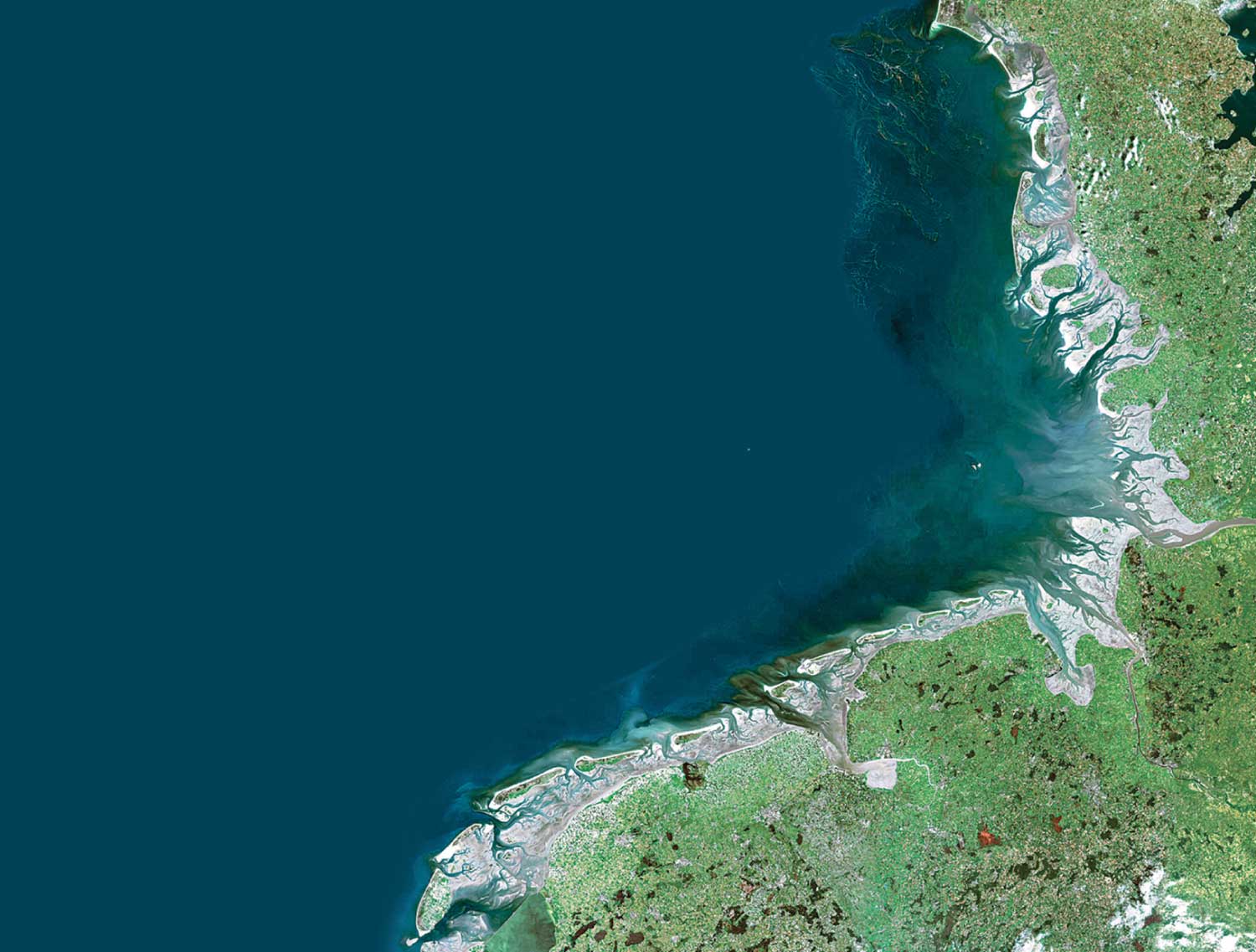
There is a place where
heaven and earth share the same stage
a place like no other on Earth
a place where ebb and flow, sea and wind shape the coastline in front of your eyes
with islands, tidal flats, salt marshes and dunes
a habitat for thousands of species of plants and animals
a roosting and feeding sanctuary for 10 million migratory birds
jointly protected for over 25 years as national parks and nature reserves
running 500 km along the Danish, Dutch and German North Sea Coast
the largest tidal flat system in the world, where natural processes prevail

Welcome to the Wadden Sea
One Wadden Sea, one World Heritage.
Netherlands
Germany
Denmark
The Wadden Sea is the largest unbroken system of intertidal sand and mud flats in the world, where natural processes proceed undisturbed. It extends along the coasts of Denmark, Germany and the Netherlands.
The Dutch-German Wadden Sea became World Heritage in 2009, followed by the Danish part in 2014. The Wadden Sea was inscribed into the UNESCO World Heritage List for its globally unique geological and ecological values. Nowhere else in the world is there such a dynamic landscape with a multitude of habitats, shaped by wind and tides.
Biodiversity on a worldwide scale is reliant on the Wadden Sea. It is home to over 10,000 species of plants and animals, and provides an invaluable stopover for 10-12 million migratory birds every year.
Denmark, Germany and the Netherlands have been joining forces for its conservation for over 30 years, taking responsibility for this irreplaceable ecosystem and preserving it for the benefit of present and future generations.
The Pyramids of Giza, the Great Barrier Reef, the Acropolis of Greece, the Galápagos Islands, Yellowstone National Park... some places in the world are precious global treasures that are irreplaceable.
The Wadden Sea is one such place.
Inscribed on the UNESCO World Heritage List, the Wadden Sea is part of our global heritage to be celebrated, shared and protected.
